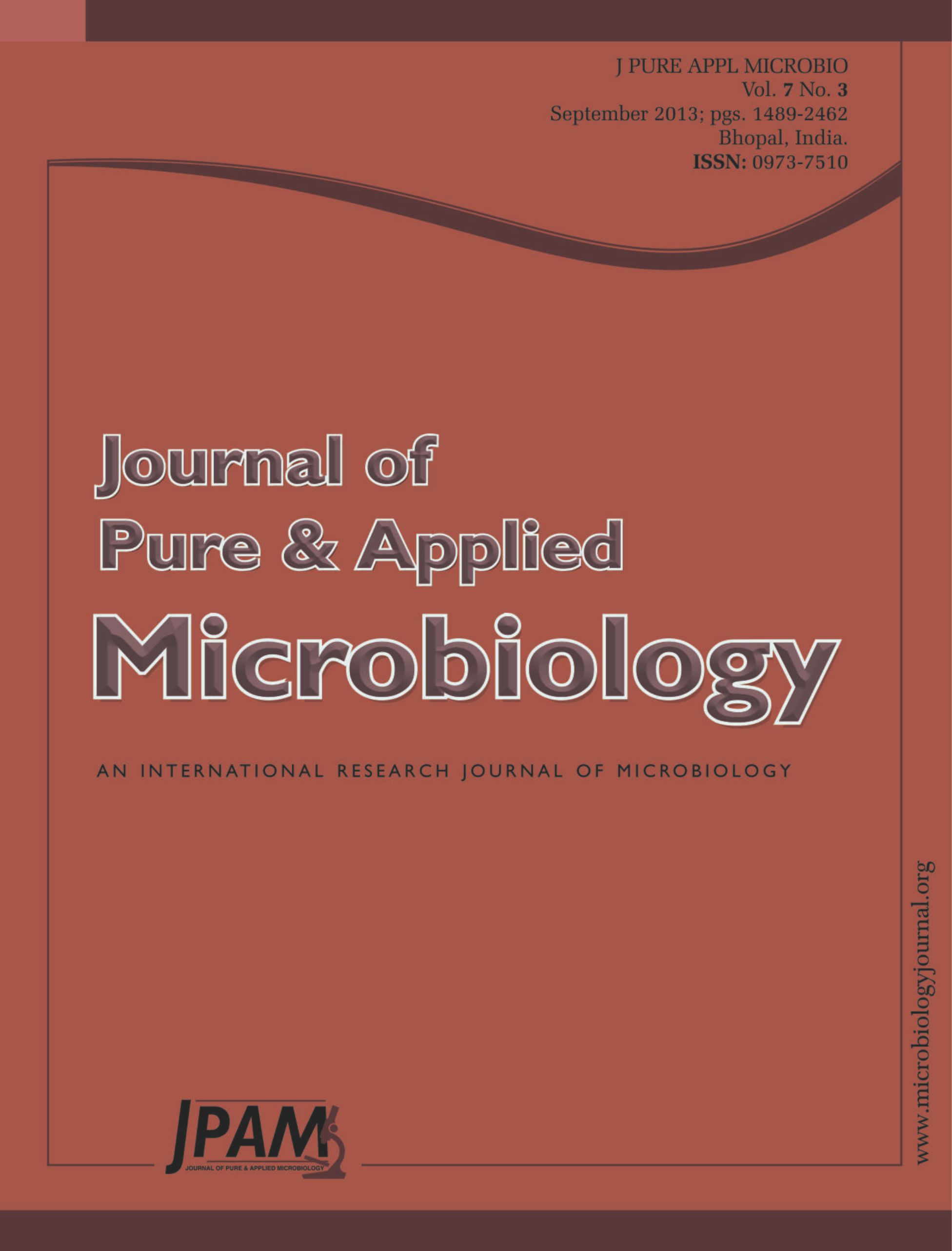To investigate the cytotoxic activity of actinomycete isolated from Garden rhizosphere. A new strain of Streptomyces identified as Streptomyces sp SU (Accession no HM 231270) by conventional and molecular method. DNA was isolated and the ITS region of 16s rRNA was amplified by polymerase chain reaction, using two universal bacterial primers, 1492R (52 -GGTTACCTTGTTAC GACTT-32 ) and Eubac27F (52 -AGAGTTTGATCCTGGCTC AG-32 ). The amplified products were purified using TIANgel mini purification kit, ligated to MD18-T simple vector (TaKaRa), and transformed into competent cells of Escherichia coli DH5a.16S rRNA gene fragment was sequenced using forward primer M13F (-47) and reverse primer M13R (-48). Blast search sequence similarity was found against the existing non-redundant nucleotide sequence database thus, identified as Streptomyces sps SU. Ethyl acetate was the most convenient solvent for the extraction of biologically active metabolites from the culture filtrate of this strain. The active compound 1 isolated from Streptomyces sp SU by submerged fermentation and purified by TLC, and HPLC method. The ethyl acetate crude extract exhibited cytotoxic effect in PK-15 and Human laryngeal cell carcinoma cell lines with LC50 values of 2.5 mg/ml and 0.312 mg/ml respectively. The purified compound 1 was eluted by analytical HPLC on Shimadzu CLASS-VP V6.13 SP2 C 18 column, the active compound was eluted at time 3.767 min with 100 % purity. The compound 1 was found to be cytotoxic toward Hep-2 with IC50 of 1.84 µg/ml and showed moderate invitro cytotoxicity against PK-15 with IC50 of 8 µg/ml.
Streptomyces sp SU, HPLC, cytotoxic activity
© The Author(s) 2014. Open Access. This article is distributed under the terms of the Creative Commons Attribution 4.0 International License which permits unrestricted use, sharing, distribution, and reproduction in any medium, provided you give appropriate credit to the original author(s) and the source, provide a link to the Creative Commons license, and indicate if changes were made.


